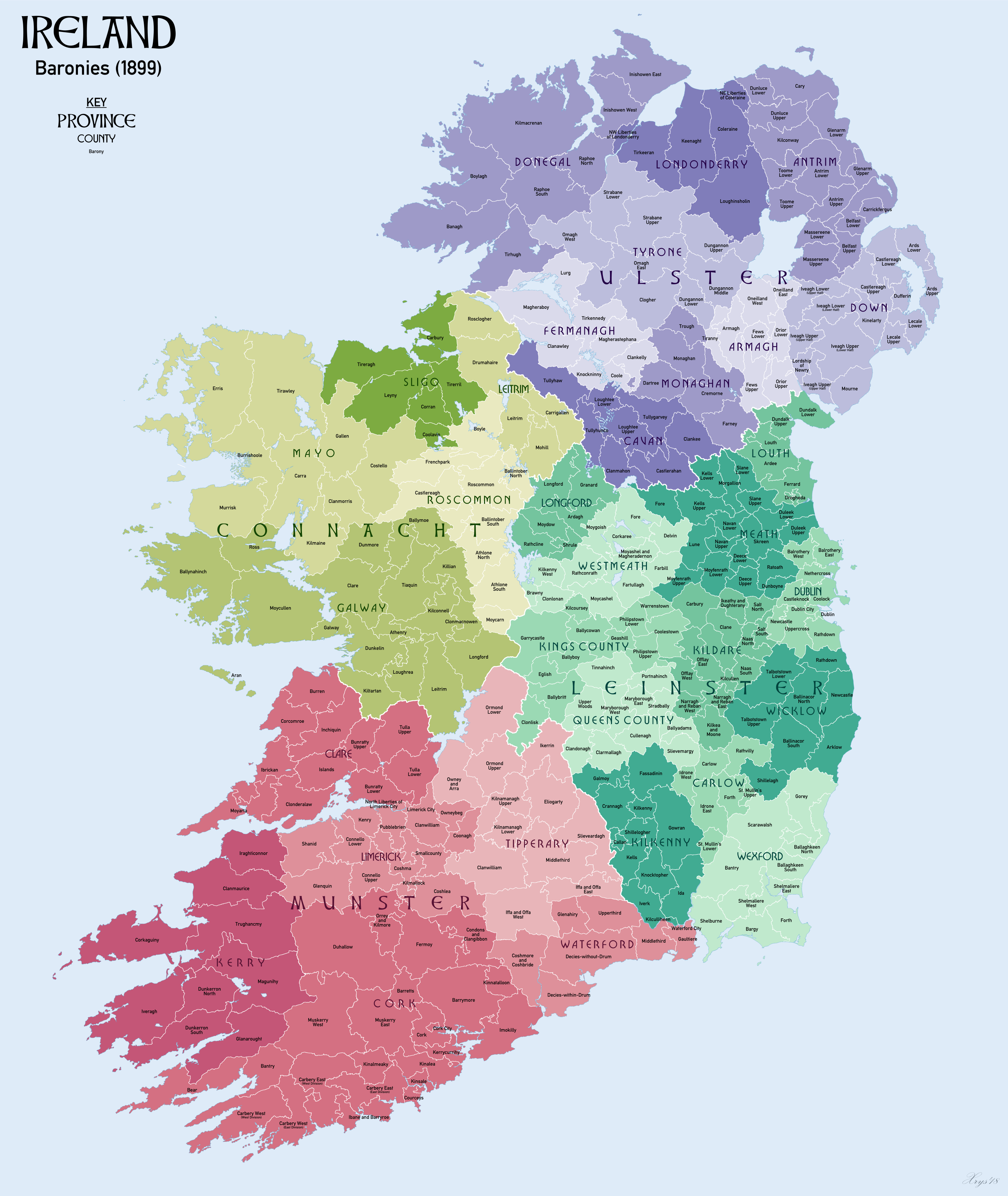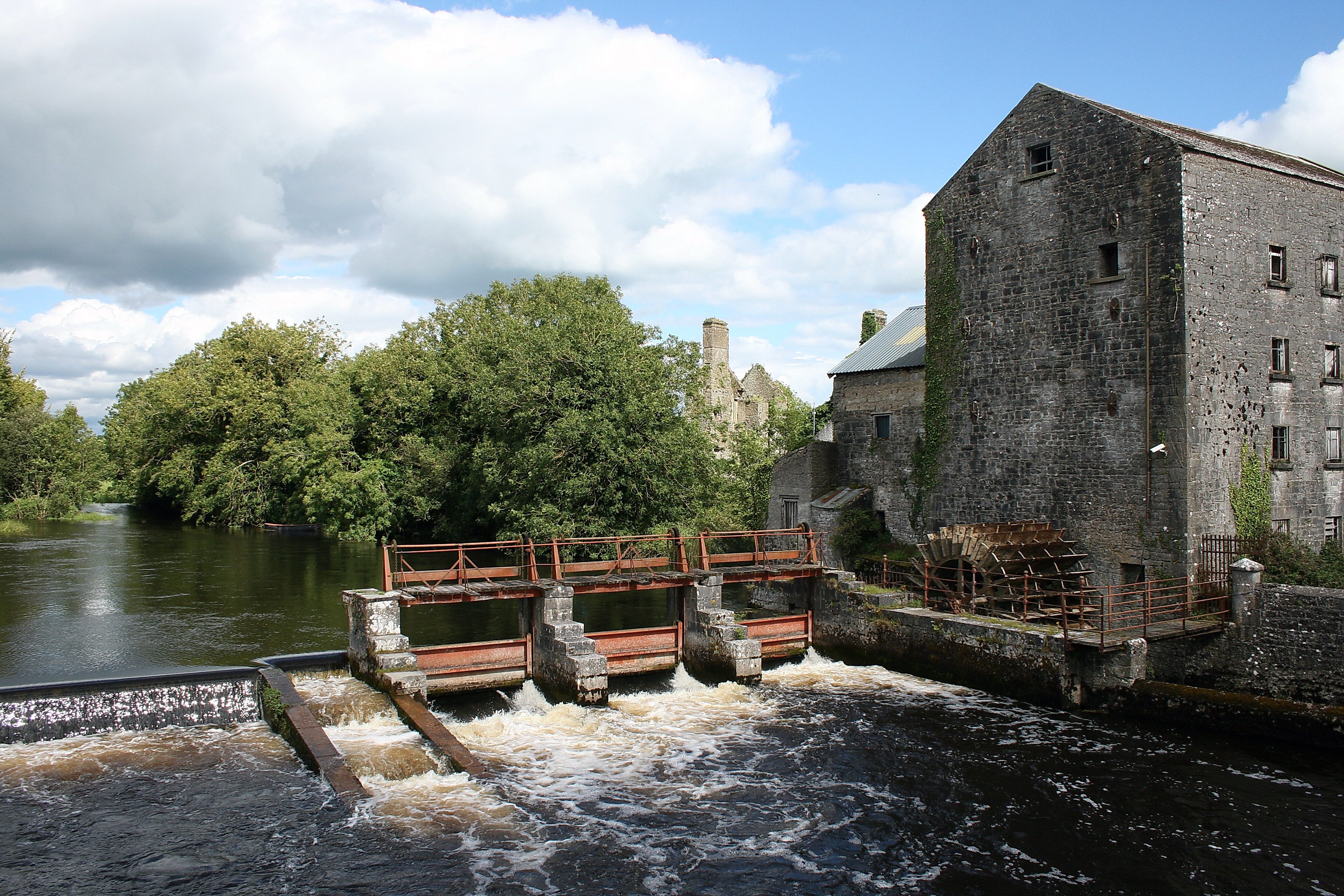|
Estersnow
Estersnow more commonly Eastersnow and less commonly Easter-Snow is a civil parish in the ancient barony of Boyle in County Roscommon, Ireland. It is 1295 hectare The hectare (; SI symbol: ha) is a non-SI metric unit of area equal to a square with 100- metre sides (1 hm2), or 10,000 m2, and is primarily used in the measurement of land. There are 100 hectares in one square kilometre. An acre is ...s in area and contains the old churchyard. The area is mostly farmland but also contains the cavetown Loughs. References Civil parishes of County Roscommon {{Roscommon-geo-stub ... [...More Info...] [...Related Items...] OR: [Wikipedia] [Google] [Baidu] |
Civil Parishes In Ireland
Civil parishes () are units of territory in the island of Ireland that have their origins in old Gaelic territorial divisions. They were adopted by the Anglo-Norman Lordship of Ireland and then by the Elizabethan Kingdom of Ireland, and were formalised as land divisions at the time of the Plantations of Ireland. They no longer correspond to the boundaries of Roman Catholic or Church of Ireland parishes, which are generally larger. Their use as administrative units was gradually replaced by Poor Law Divisions in the 19th century, although they were not formally abolished. Today they are still sometimes used for legal purposes, such as to locate property in deeds of property registered between 1833 and 1946. Origins The Irish parish was based on the Gaelic territorial unit called a '' túath'' or '' Trícha cét''. Following the Norman invasion of Ireland, the Anglo-Norman barons retained the ''tuath'', later renamed a parish or manor, as a unit of taxation. The civil parish ... [...More Info...] [...Related Items...] OR: [Wikipedia] [Google] [Baidu] |
Barony (Ireland)
In Ireland, a barony ( ga, barúntacht, plural ) is a historical subdivision of a county, analogous to the hundreds into which the counties of England were divided. Baronies were created during the Tudor reconquest of Ireland, replacing the earlier cantreds formed after the original Norman invasion.Mac Cotter 2005, pp.327–330 Some early baronies were later subdivided into half baronies with the same standing as full baronies. Baronies were mainly cadastral rather than administrative units. They acquired modest local taxation and spending functions in the 19th century before being superseded by the Local Government (Ireland) Act 1898. Subsequent adjustments of county boundaries mean that some baronies now straddle two counties. The final catalogue of baronies numbered 331, with an average area of ; therefore, each county was divided, on average, into 10 or 11 baronies. Creation The island of Ireland was "shired" into counties in two distinct periods: the east and sou ... [...More Info...] [...Related Items...] OR: [Wikipedia] [Google] [Baidu] |
Boyle (barony)
Boyle () is a barony in County Roscommon, Republic of Ireland. Etymology Boyle barony is named after Boyle town, itself named after Boyle Abbey, which is named after the Boyle River. Geography Boyle barony is located in the far north of County Roscommon, separated from County Sligo by Lough Gara, the Curlew Mountains and Lough Arrow, and separated from County Leitrim by Lough Allen and the River Shannon. It contains Lough Key. History Boyle barony loosely corresponds to the ancient Gaelic kingdom of Magh Luirg an Dagda (Moylurg), the "plain of the tracks of Dagda." In the 1585 Composition of Connacht, Boyle barony was confirmed as the possession of the Mac Diarmada, except for those parts which belonged to the Queen (then Elizabeth I) or the Church of Ireland. List of settlements Below is a list of settlements in Boyle barony: * Arigna *Ballyfarnon *Boyle *Cortober *Cootehall *Croghan *Keadue *Knockvicar Knockvicar () is a village in County Roscommon, Ireland. It is l ... [...More Info...] [...Related Items...] OR: [Wikipedia] [Google] [Baidu] |
County Roscommon
"Steadfast Irish heart" , image_map = Island of Ireland location map Roscommon.svg , subdivision_type = Country , subdivision_name = Ireland , subdivision_type1 = Province , subdivision_name1 = Connacht , subdivision_type2 = Region , subdivision_name2 = Northern and Western , seat_type = County town , seat = Roscommon , leader_title = Local authority , leader_name = County Council , leader_title2 = Dáil constituencies , leader_title3 = EP constituency , leader_name2 = Roscommon–Galway Sligo–Leitrim , leader_name3 = Midlands–North-West , area_total_km2 = 2548 , area_rank = 11th , area_footnotes = , population_total = 69,995 , population_density_km2 = auto , population_as_of = 2022 , population_footnotes = , population_rank = 26th , unemployment_rate = , blank_name_sec1 = Vehicle index ... [...More Info...] [...Related Items...] OR: [Wikipedia] [Google] [Baidu] |
Hectare
The hectare (; SI symbol: ha) is a non-SI metric unit of area equal to a square with 100- metre sides (1 hm2), or 10,000 m2, and is primarily used in the measurement of land. There are 100 hectares in one square kilometre. An acre is about and one hectare contains about . In 1795, when the metric system was introduced, the ''are'' was defined as 100 square metres, or one square decametre, and the hectare (" hecto-" + "are") was thus 100 ''ares'' or km2 (10,000 square metres). When the metric system was further rationalised in 1960, resulting in the International System of Units (), the ''are'' was not included as a recognised unit. The hectare, however, remains as a non-SI unit accepted for use with the SI and whose use is "expected to continue indefinitely". Though the dekare/decare daa (1,000 m2) and are (100 m2) are not officially "accepted for use", they are still used in some contexts. Description The hectare (), although not a unit of SI, ... [...More Info...] [...Related Items...] OR: [Wikipedia] [Google] [Baidu] |



